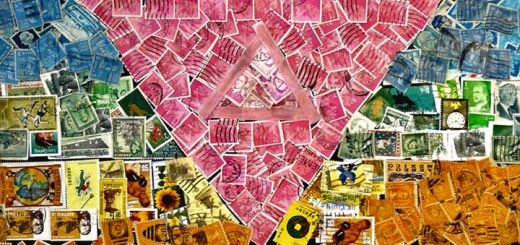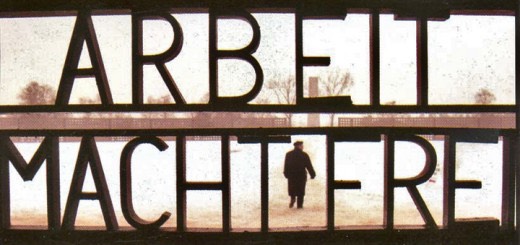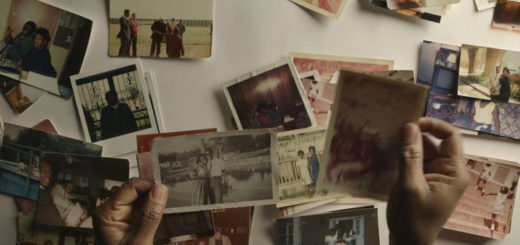Gay love in Nazi Germany. Living among the bombs
Testo* pubblicato sul sito dell’United States Holocaust Memorial Museum (Stati Uniti), liberamente tradotto da Silvia Lanzi
 We lived among many exploding bombs.
We lived among many exploding bombs.
Few real bombs fell in Berlin in 1941 and early 1942. The “bomb explosions” referred to here are the strong conflicts within the Jewish community over how to respond to the Nazi deportations. Should they have gone when they were told to? Where the means of transport went and what awaited them?
- Should they have gone underground?
- Should the He-halutz groups have been together?
- Or did the members have to stay with their families?
At that moment the choice was not clear.
Nathan Schwalbof the Swiss He-halutz warned the Berlin He-halutz groups not to comply with the deportation order. But many parents and the Jewish leadership were against any illegal act and hoped to start a new life in the east. When Jews failed to report themselves, the German police forcibly rounded them up, I understood community leaders.
What awaited them?
In the first months of the deportations the Nazis told their victims that they would settle in the “east”. Rumors spread, but few people had reliable information. Gad later recalled: “Information about what was really going on in the East did not begin to leak out until 1942. Rumors were heard on the BBC about 'abuses' during transportation and in concentration camps...
In August 1942 we received a letter from Nathan Schwalb in Geneva. It sparked the debate. He still warned us about the extermination camps in Eastern Europe and told the leaders of the He-halutz in Berlin to do everything possible to avoid deportation, even by fleeing or going underground."
 Nathan Schwalb
Nathan Schwalb
Nathan Schwalb (left) was the mastermind of the He-halutz international office in Geneva, Switzerland. Already in 1941 he had attempted to convince the Jewish leadership in Berlin to organize escape routes. During the war Schwalb organized support for He-halutz groups in German-occupied Europe.
One of these groups was Berlin's “Chug Chaluzi”, which was led first by Jizchak Schwersenz (right) and then by Gad Beck. These photos show Schwalb and Schwersenz after the latter's escape in early 1944 and Schwalb and his colleagues from the He-halutz office.
Community leaders
Alfred Selbiger was responsible for the Youth Aliyah programs and was in regular contact with Zionist youth groups. On November 9, 1942 he was taken as a "hostage" by the Nazis together with twenty other leaders of the Jewish community, as punishment for the Jews who had not obeyed the deportation order. Selbiger and seven others were executed in November 1942.
* Il giovane Manfred ha preso nota di questo turbolento periodo in un piccolo taccuino fatto a mano, che ha dato al suo amico e compagno gay Gad Beck, che, sopravvissuto all’Olocausto, ha donato il taccuino allo United States Holocaust Memorial Museum (Stati Uniti) nel dicembre del 1999. Un taccuino di 17 pagine che illustra la vita quotidiana dei due amici, del loro gruppo e della cultura in cui vissero.
Original text: Page 9






